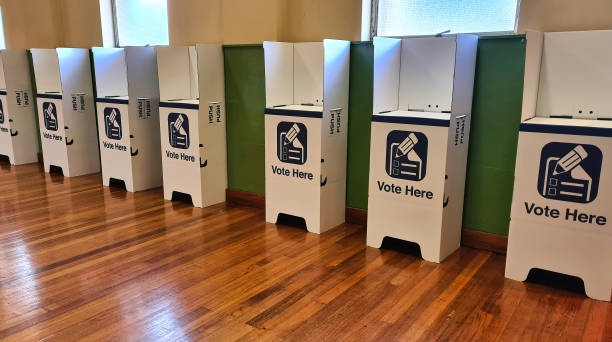
Sydney, May 19 (ABC):Australians go to the polls on May 21 to decide who will run the country for the next three years.
Here is what you need to know about the election:
– Top candidates –
Prime Minister Scott Morrison:
Aged 54. In power for nearly four years. Rules in a long-established conservative coalition between his Liberal Party and the rural-based National Party. Grew up in the wealthy Sydney beachside suburb of Bronte. Led his party to a “miracle” election win three years ago after lagging in polls.
Opposition Labor Party leader Anthony Albanese:
Aged 59. Became party leader in 2019. Survived a car crash in January last year. Grew up in Sydney public housing with a single mother.
– Three big issues –
Rising prices:
Morrison says inflation is a global phenomenon, but Australia is doing better than most thanks to its sturdy economy. Albanese wants the minimum wage to rise with inflation.
Climate:
Morrison backs coal and gas industries, and has resisted global calls to boost carbon emissions cuts beyond the current commitment of up to 28 percent by 2030. Albanese offers a 43-percent cut in greenhouse gases by 2030 but makes no promises to phase out coal.
Trust:
A leaked 2021 text message from the man who is now deputy prime minister, Barnaby Joyce, said Morrison was a “hypocrite and a liar”. Morrison concedes to voters: “You may not like me.”
Early in the campaign, Albanese forgot both the unemployment rate and the main lending rate. More recently he stumbled in explaining his own disability insurance scheme.
– How it works –
Voting is compulsory, and the fine for not voting is Aus$20 (US$14).
There are 17.2 million registered voters aged 18 and up.
Polls open from 8:00 am to 6:00 pm local time.
Voters choose all 151 seats in parliament’s lower chamber, the House of Representatives. The term is three years. The ruling Liberal-National coalition has 75 seats and opposition Labor 68.
Also up for election are 40 of the 76 seats in the upper chamber, the Senate. The term is six years.
For the House, voters rank every candidate for their district in order of preference. If no one gets more than 50 percent, the last-placed candidate is eliminated and their preference votes are redistributed.
For the Senate, there is a system of proportional representation, aimed at giving each party a number of seats that reflects their share of the vote.
– Sausages –
Many polling stations run so-called sizzles, or barbecues, to offer voters a “democracy sausage” on election day. Track them here: https://democracysausage.org/
